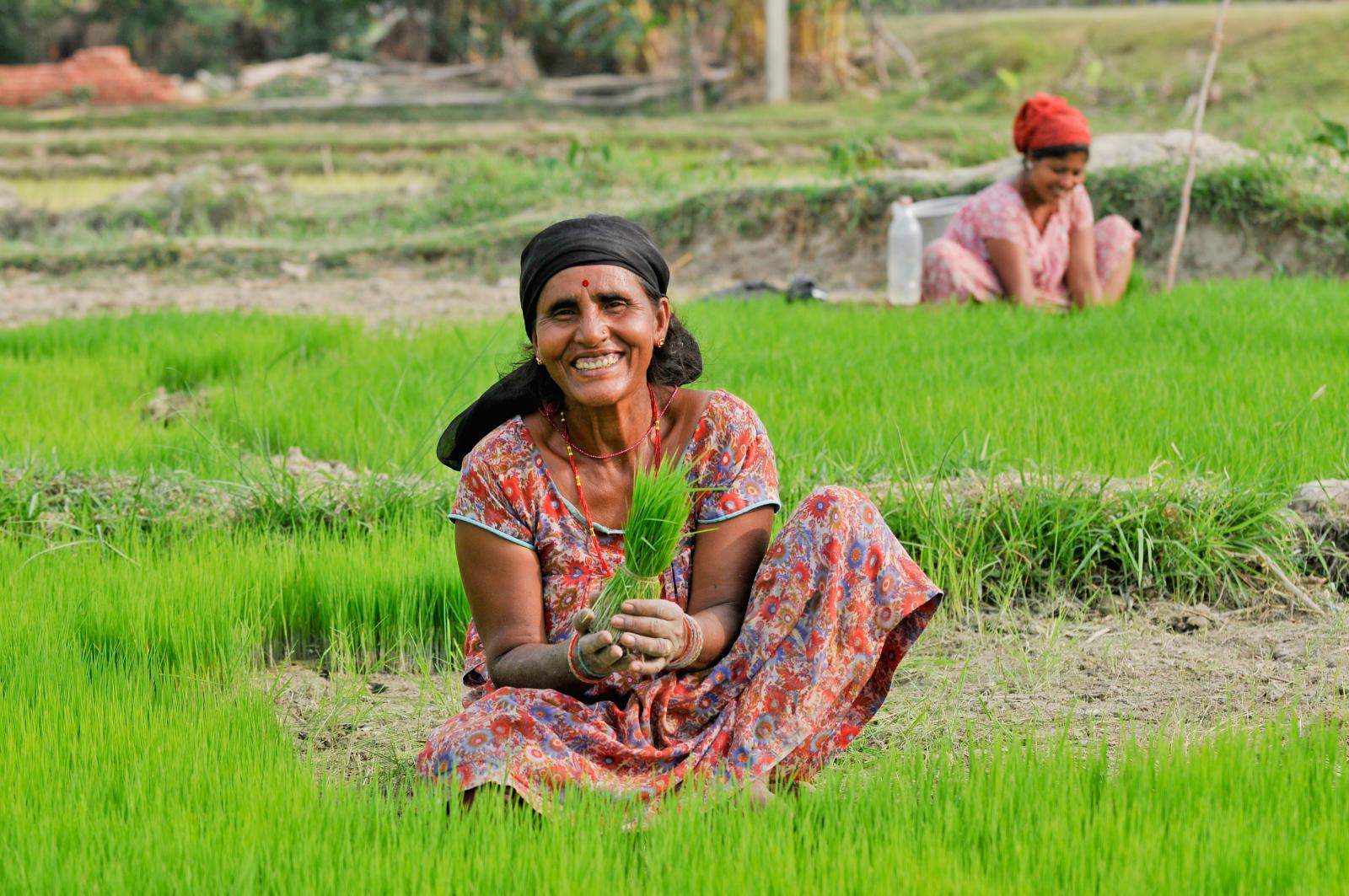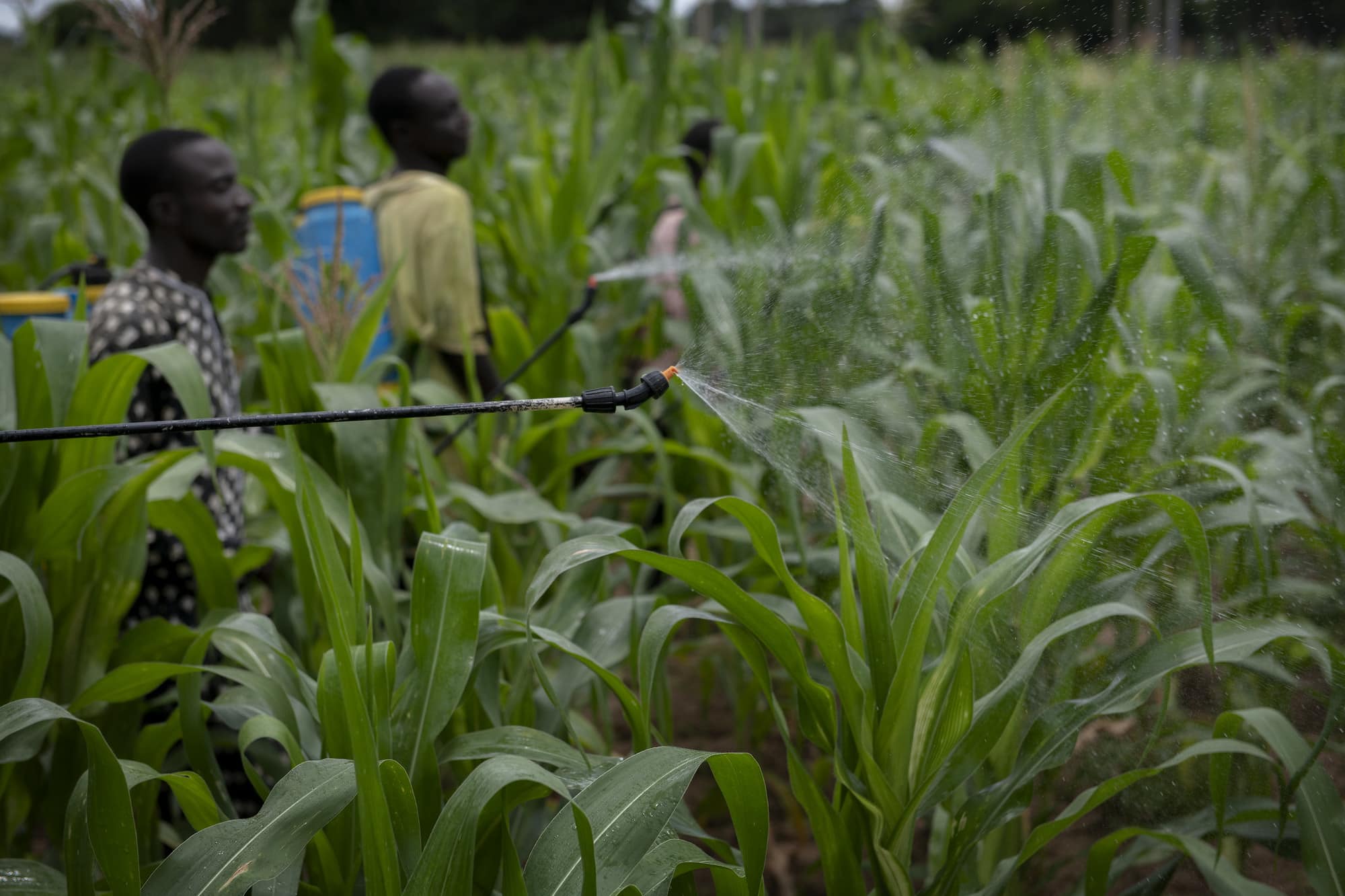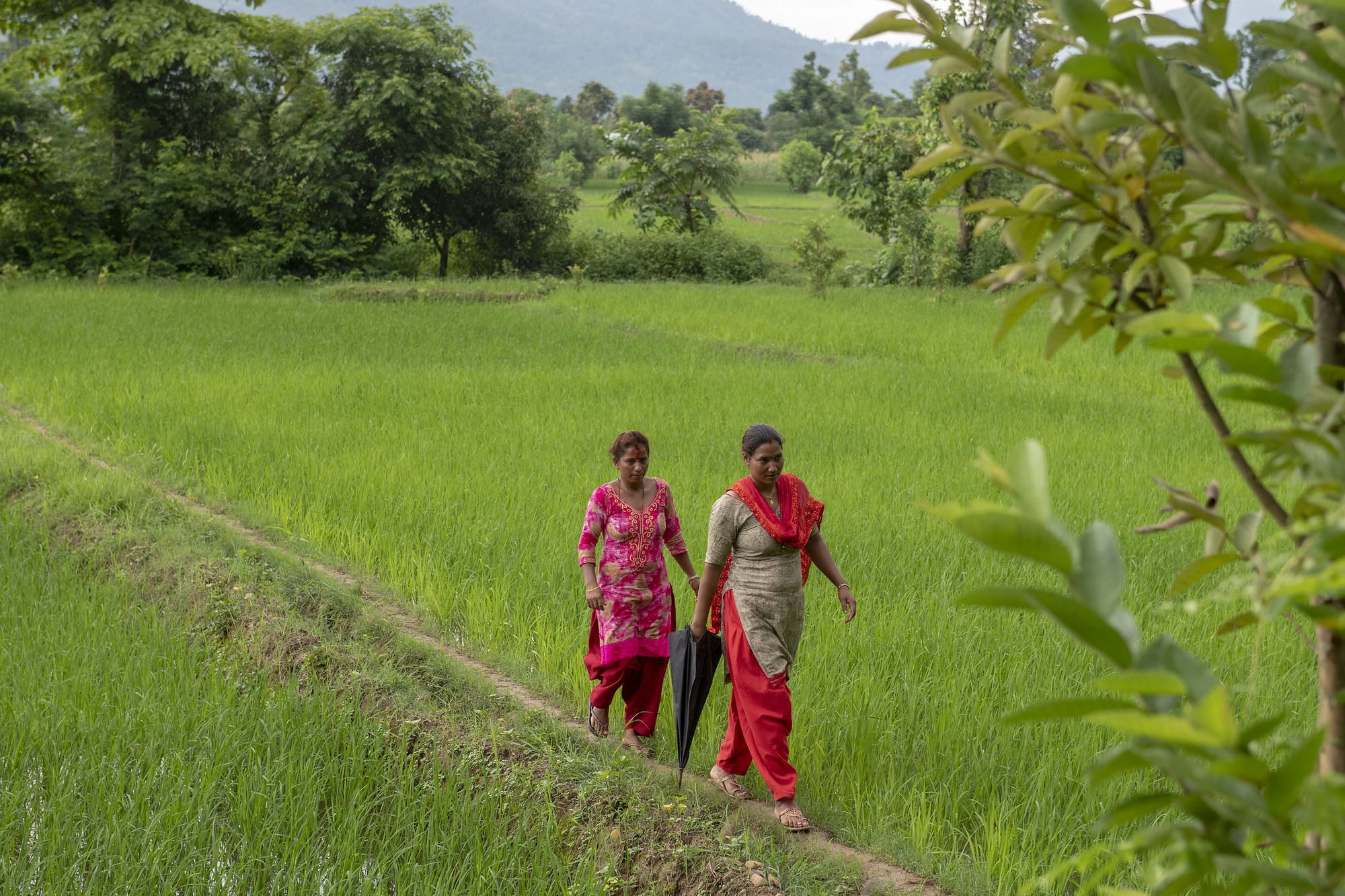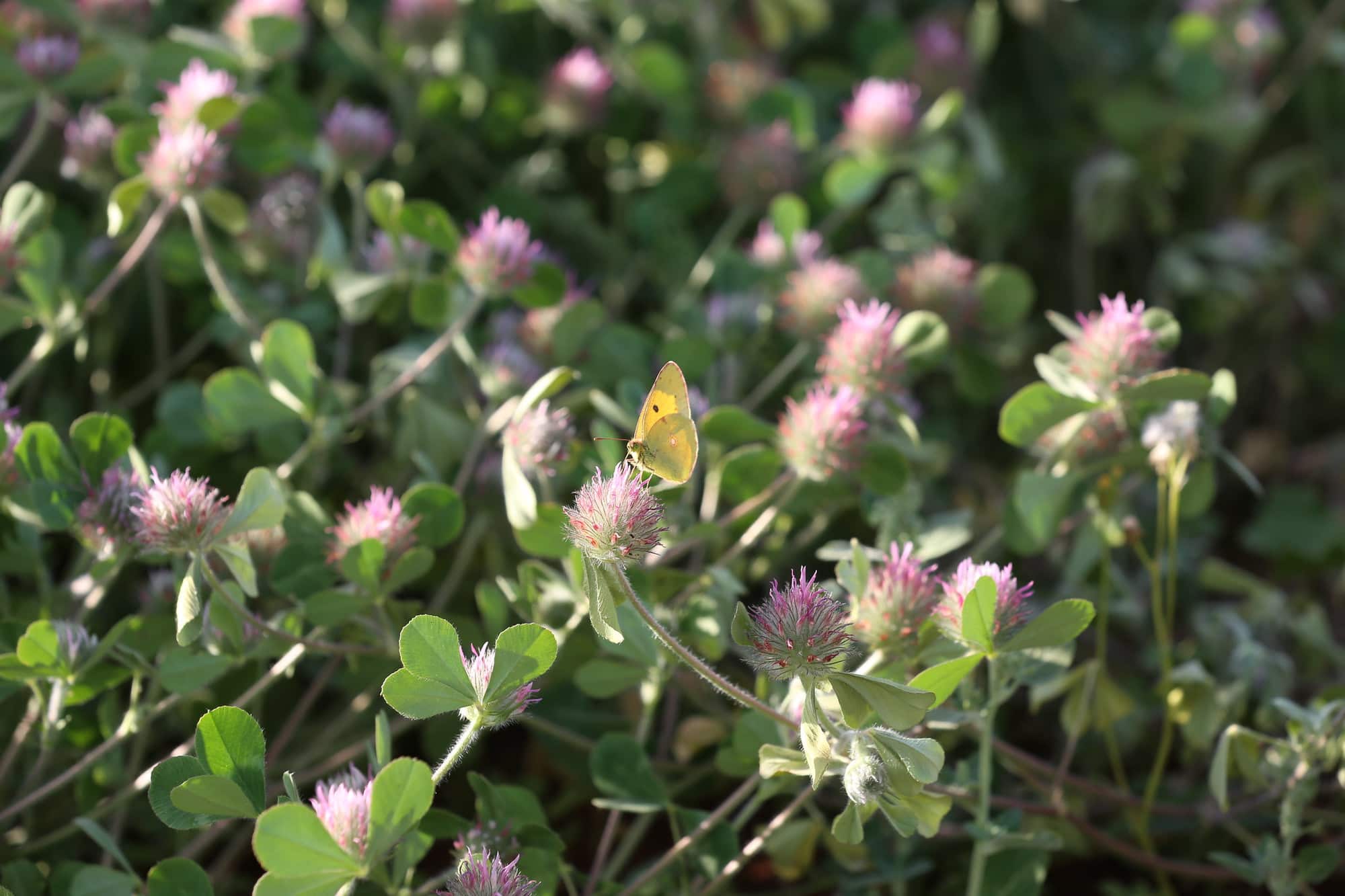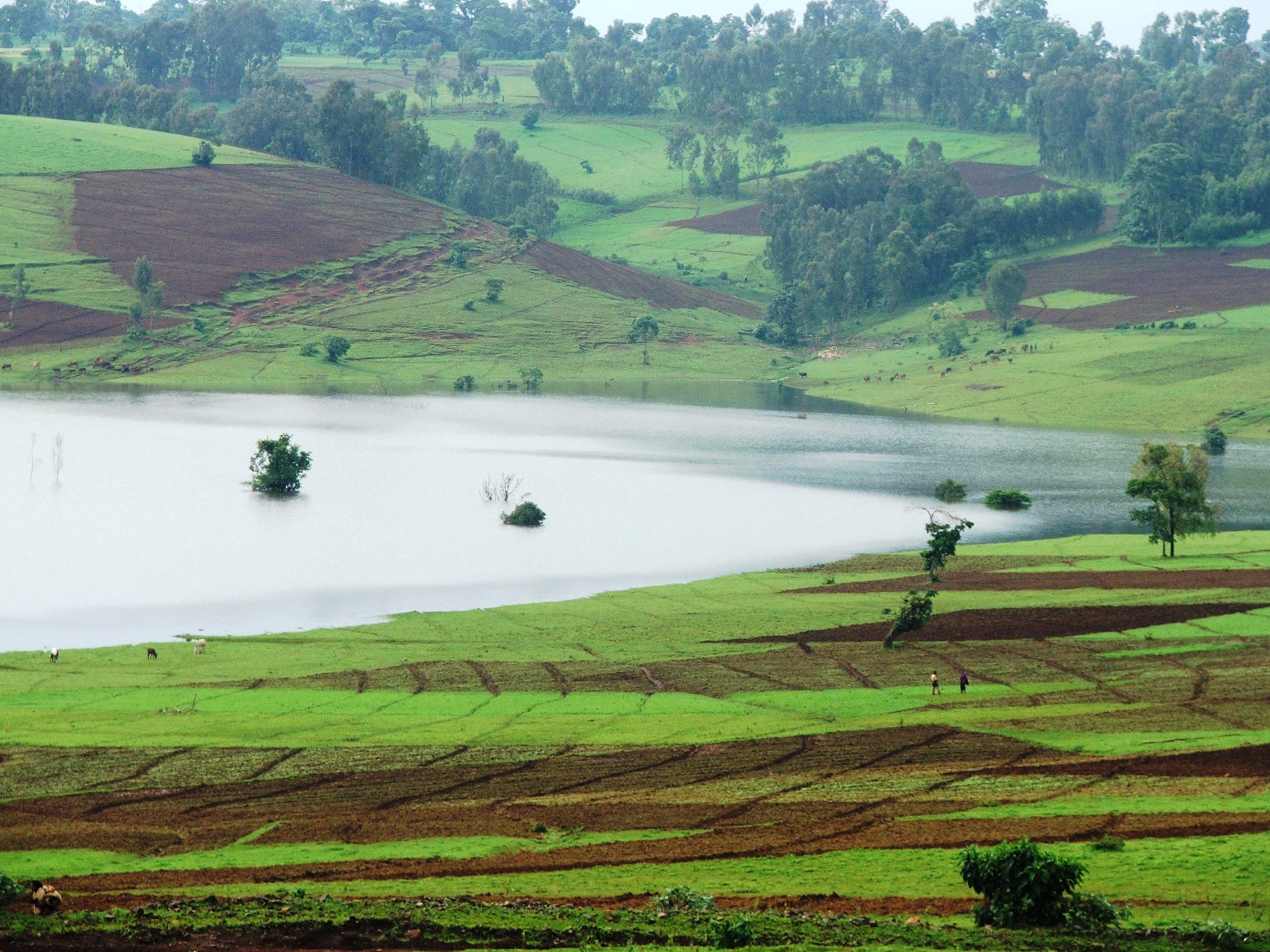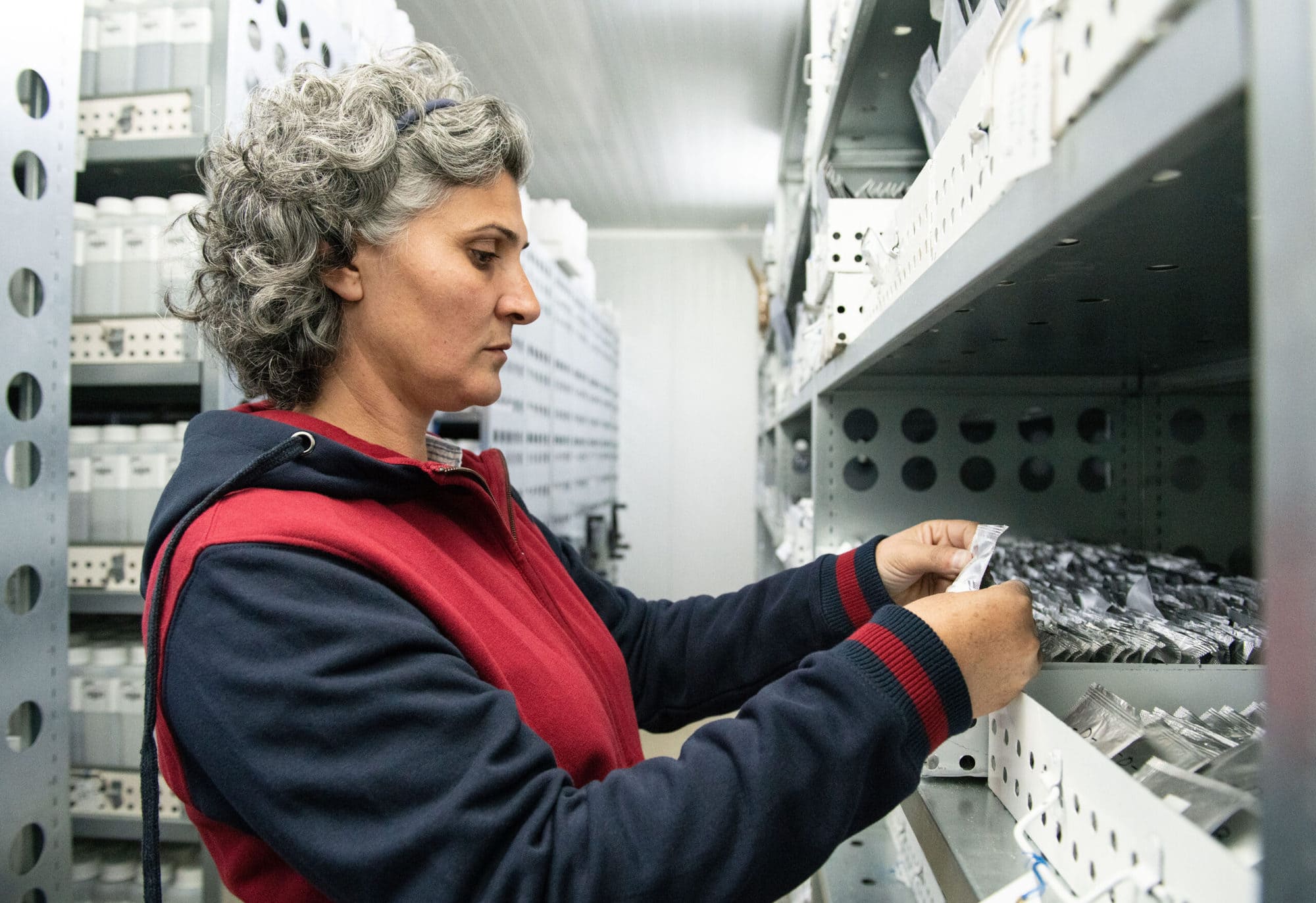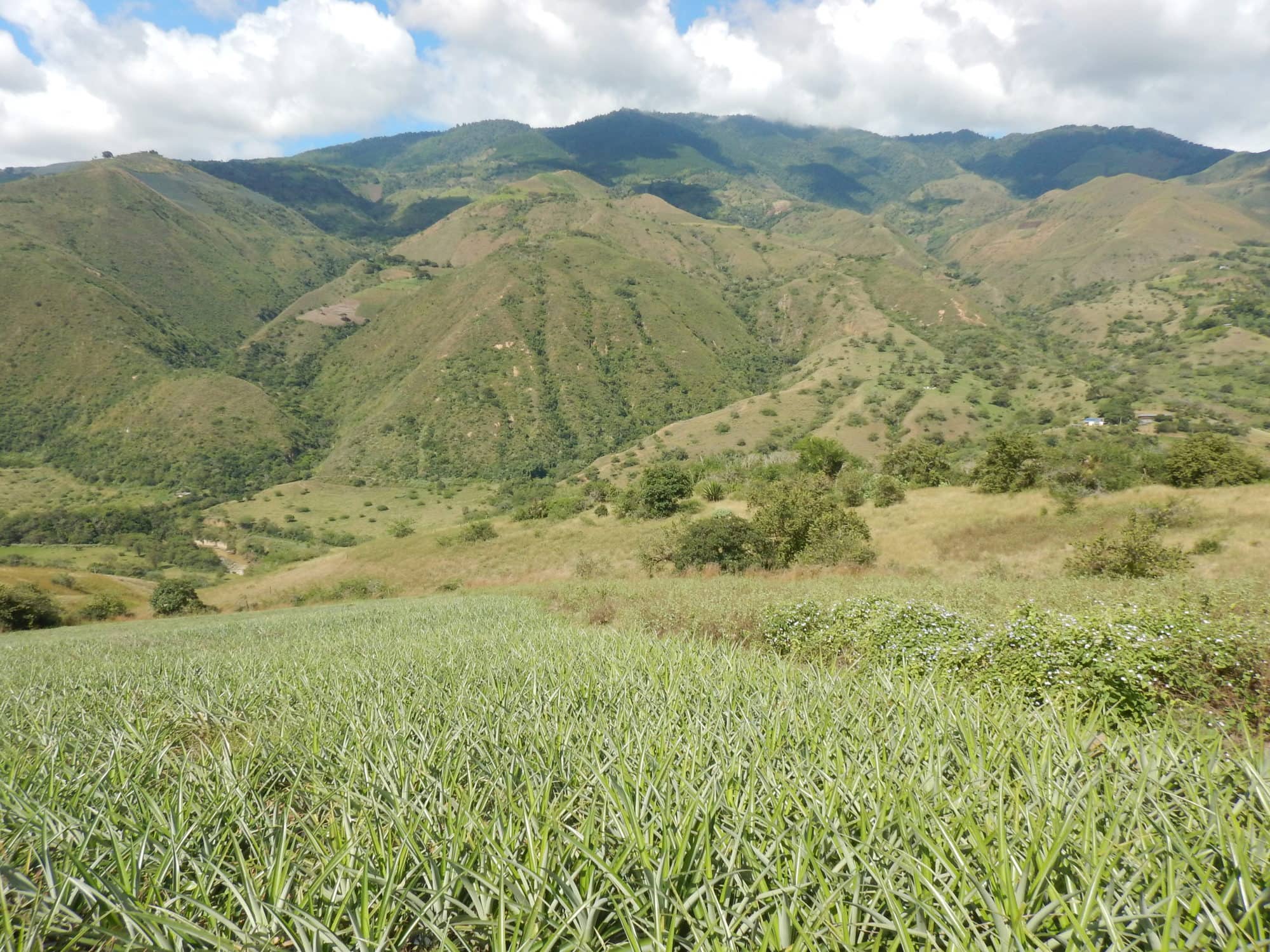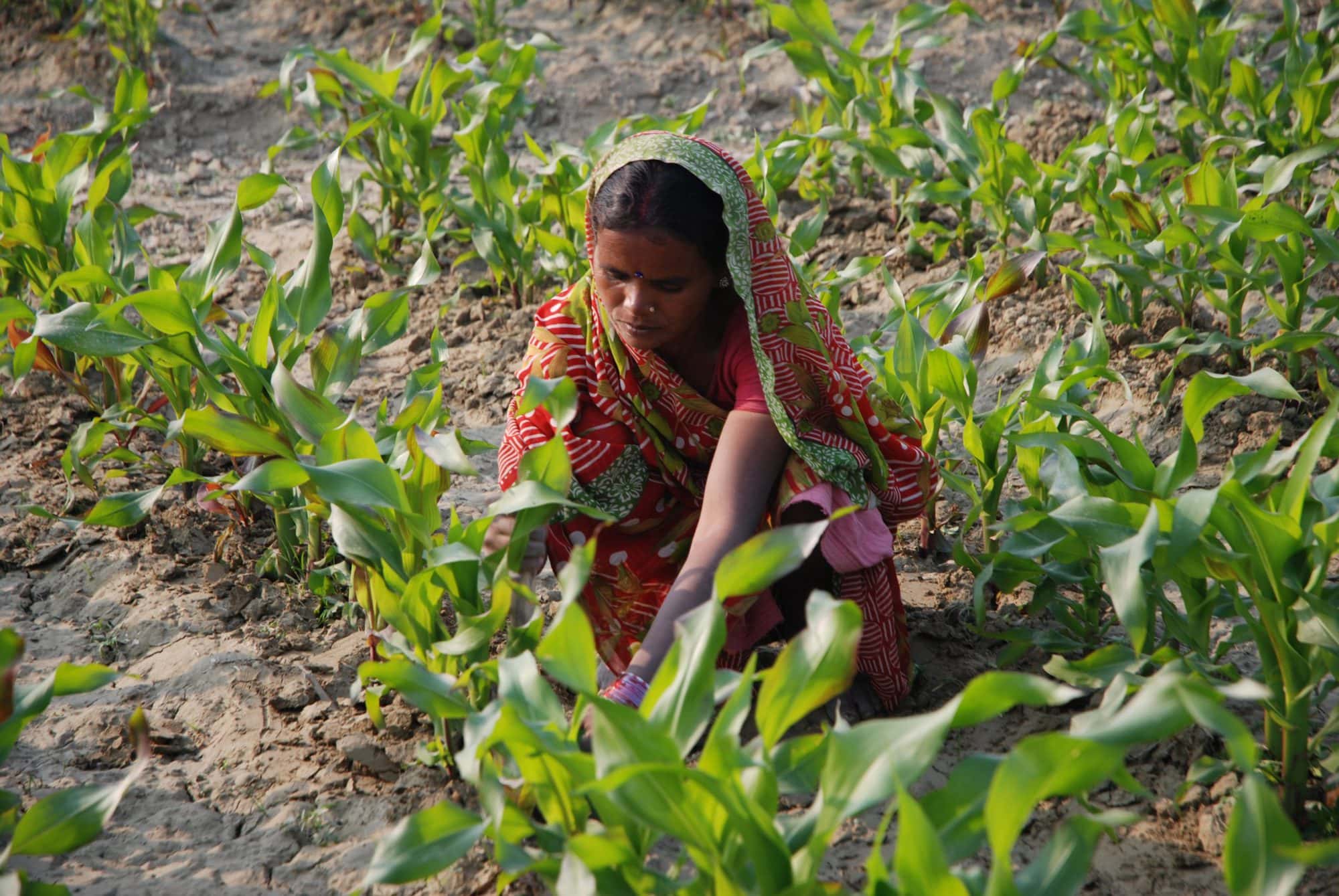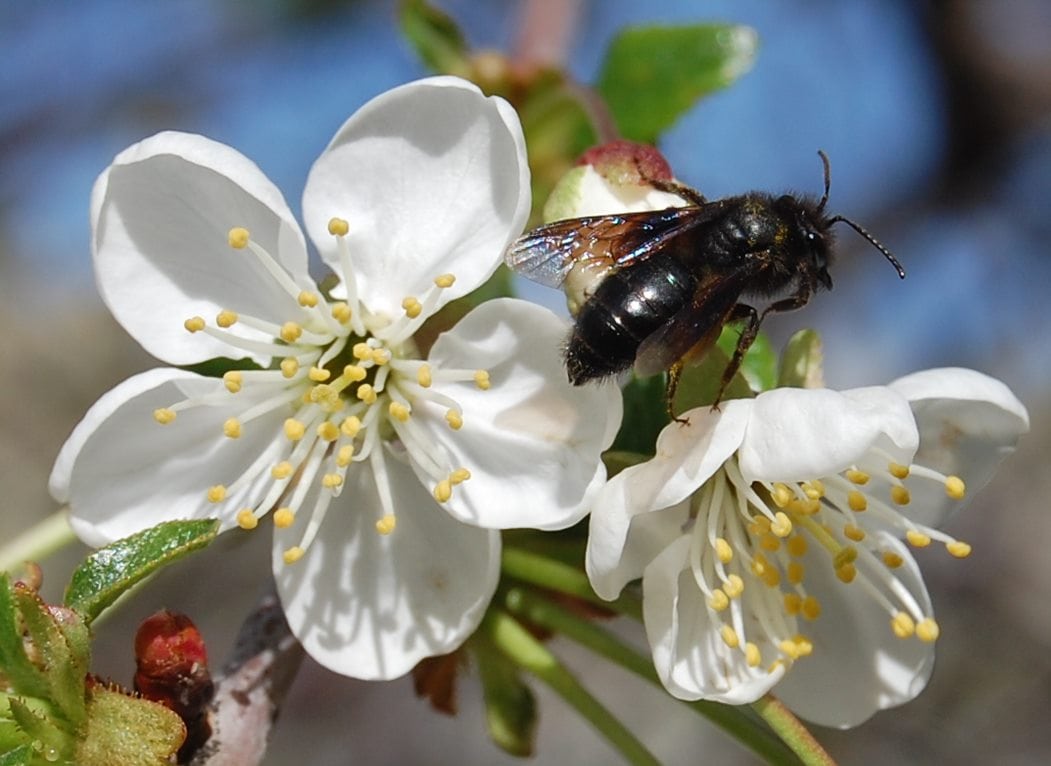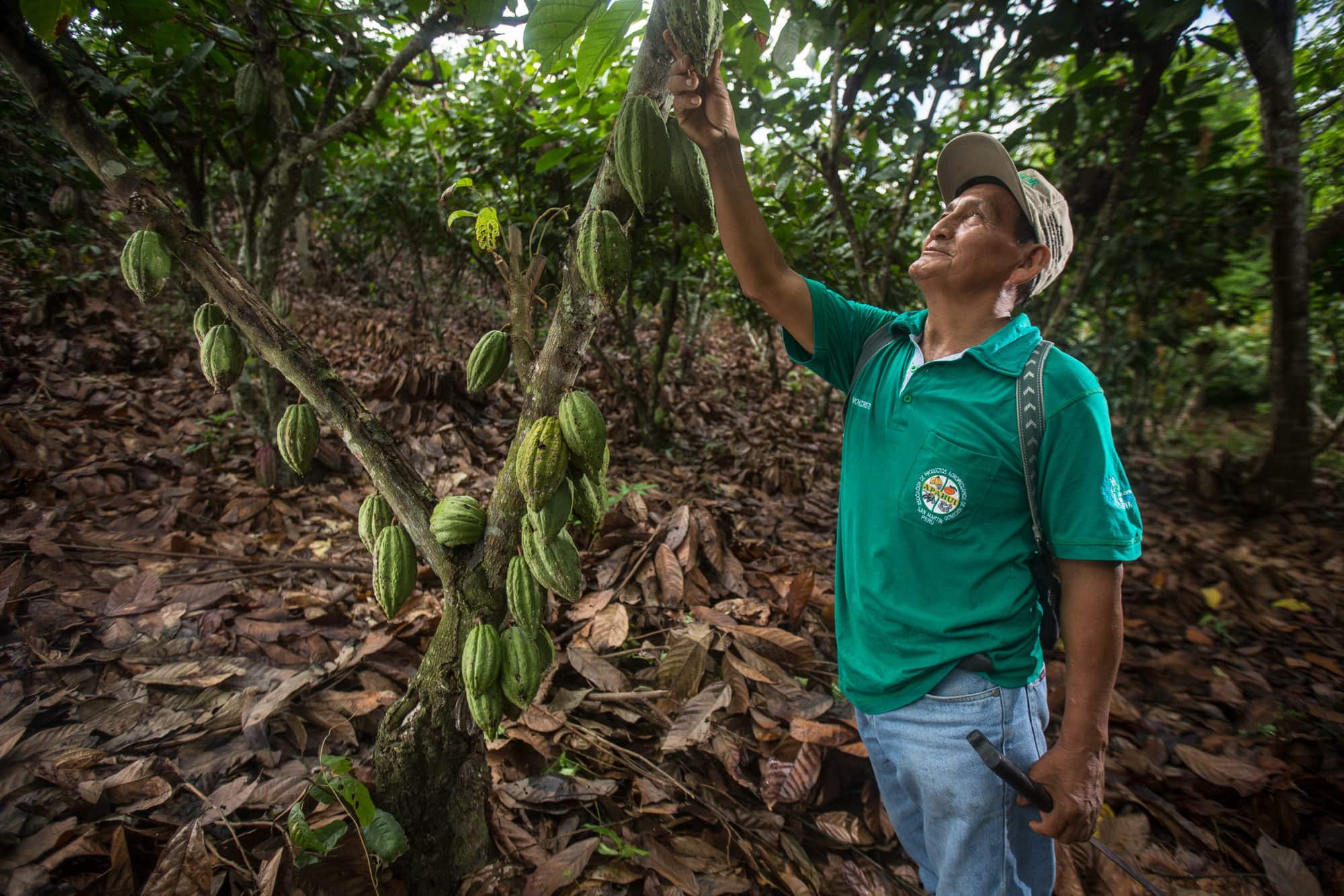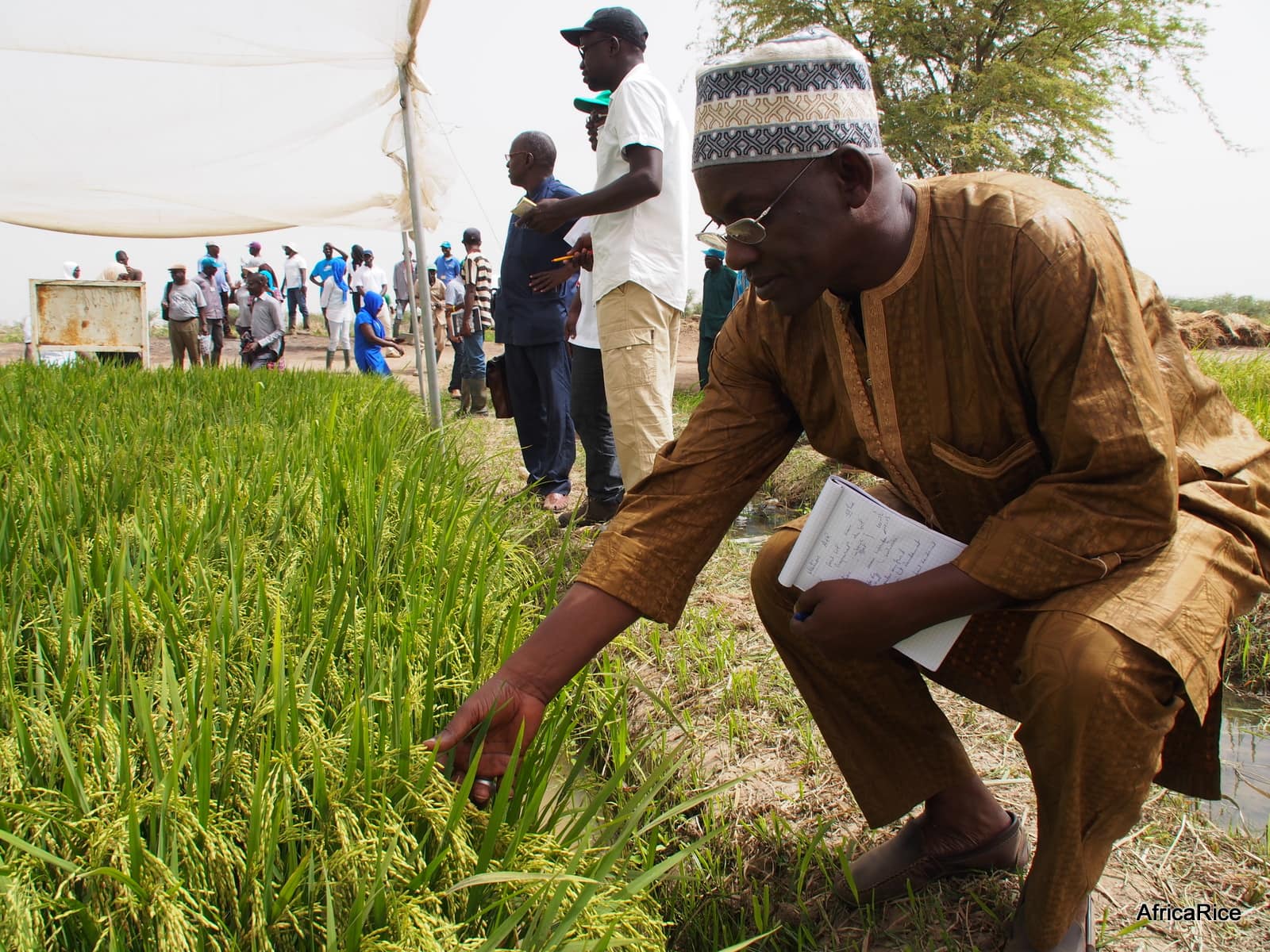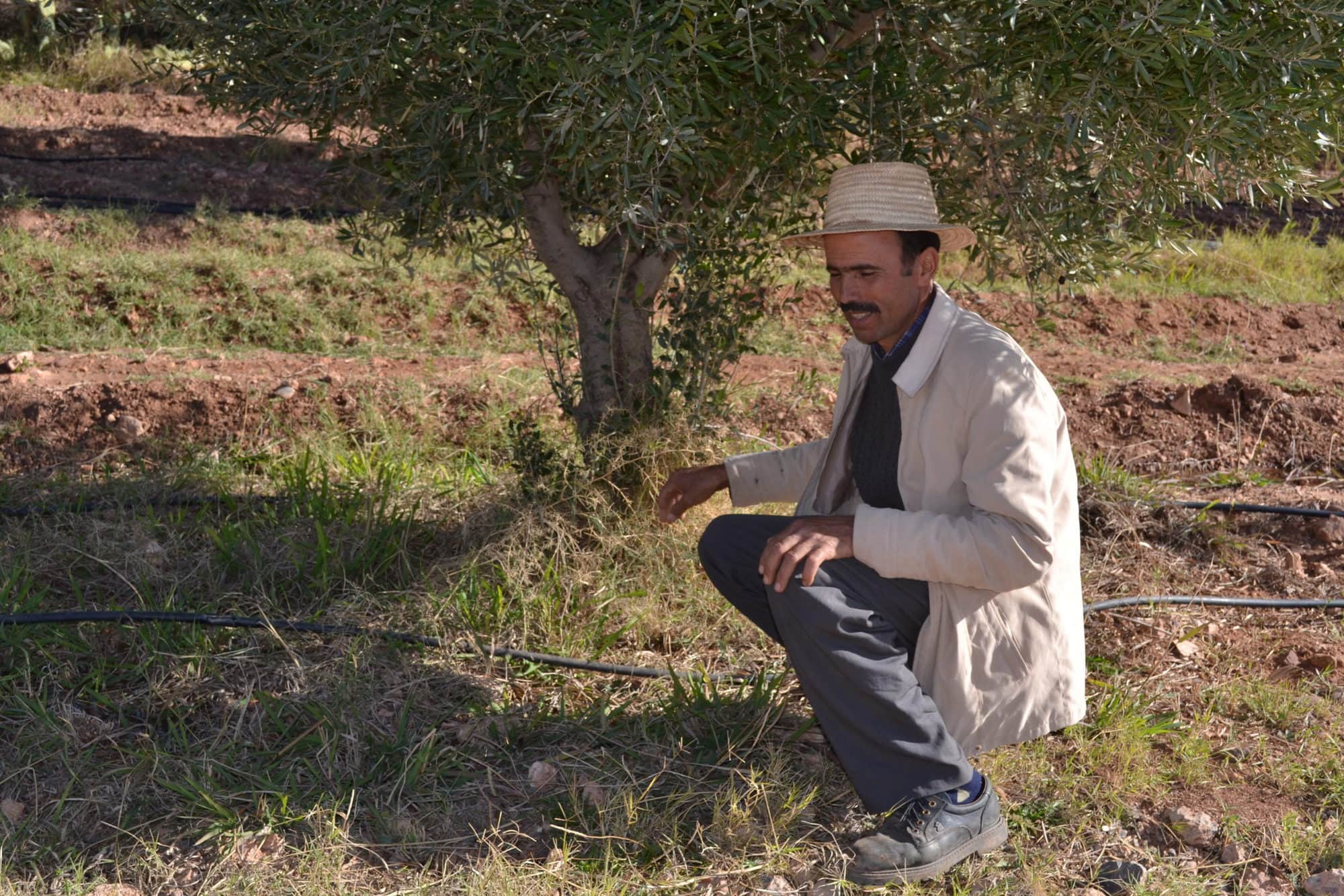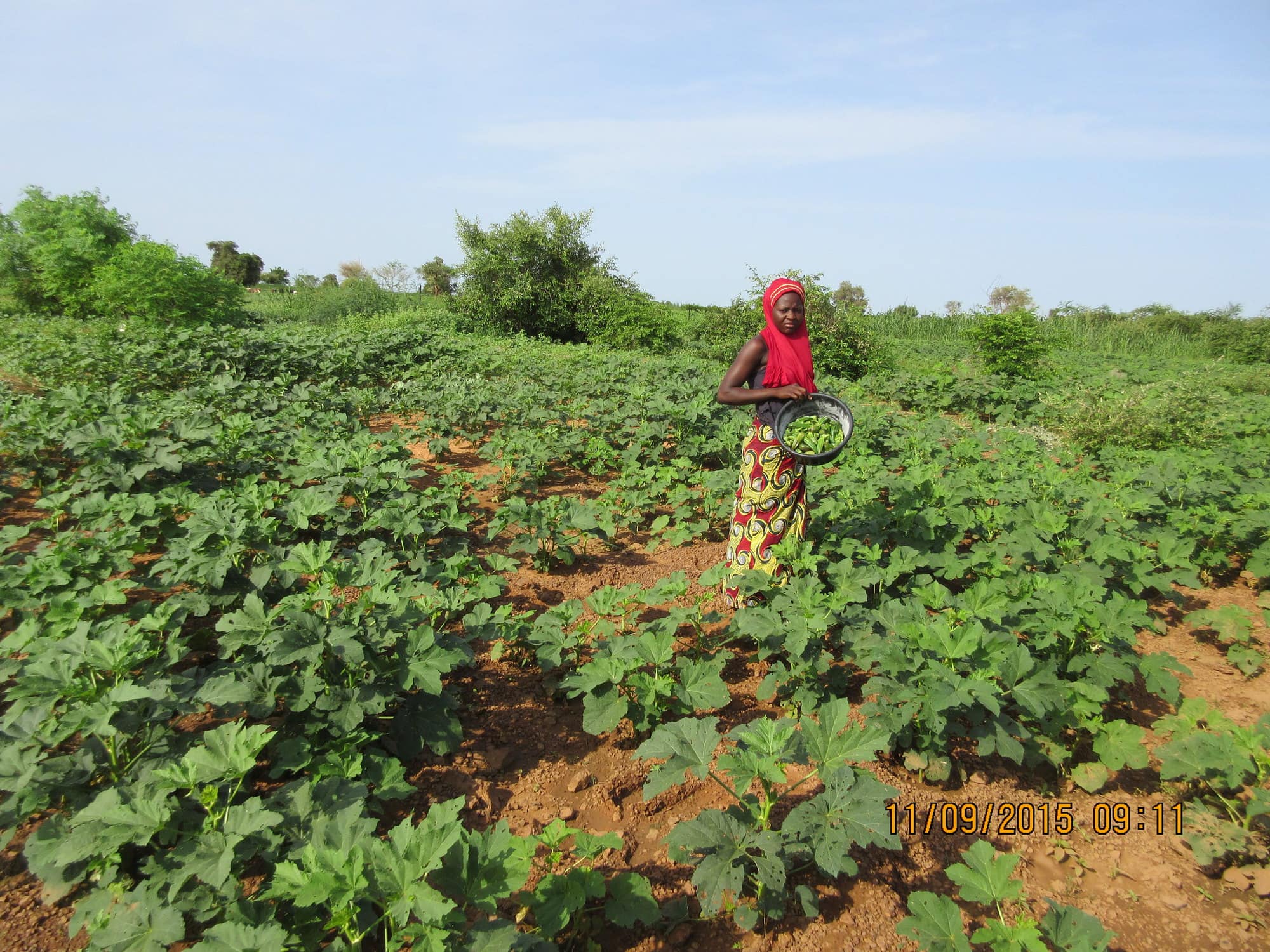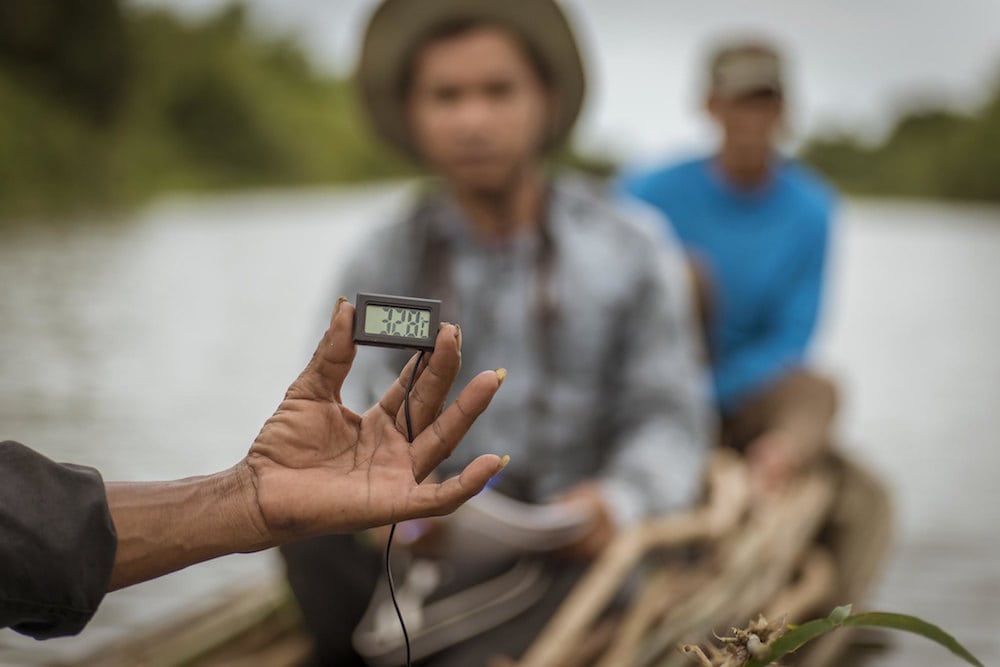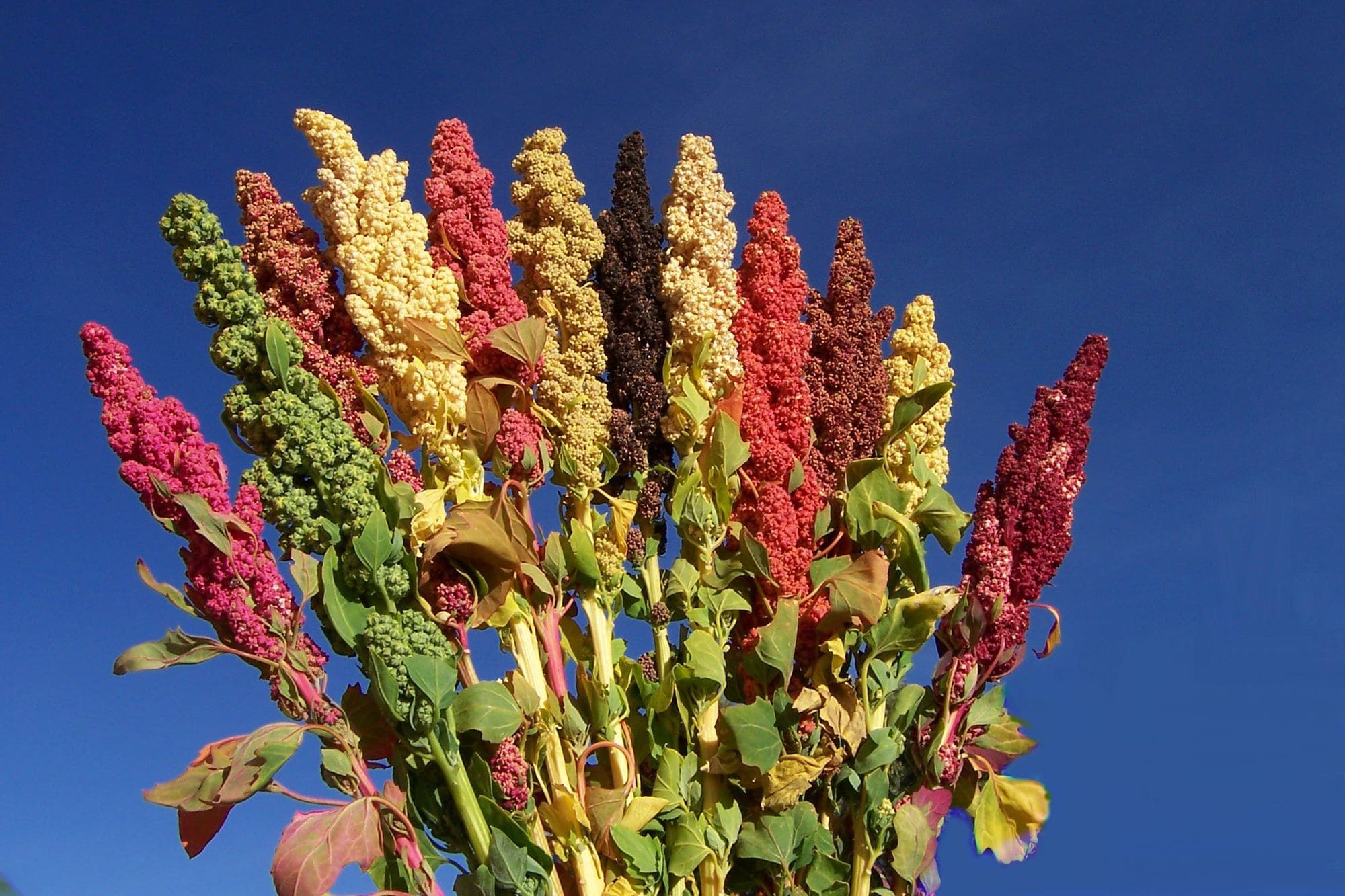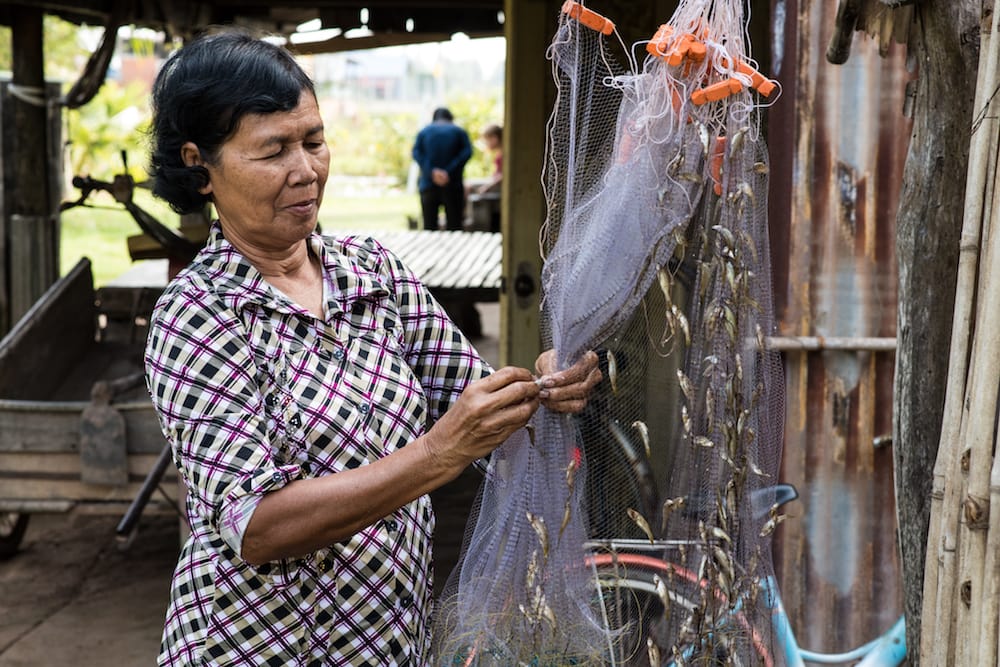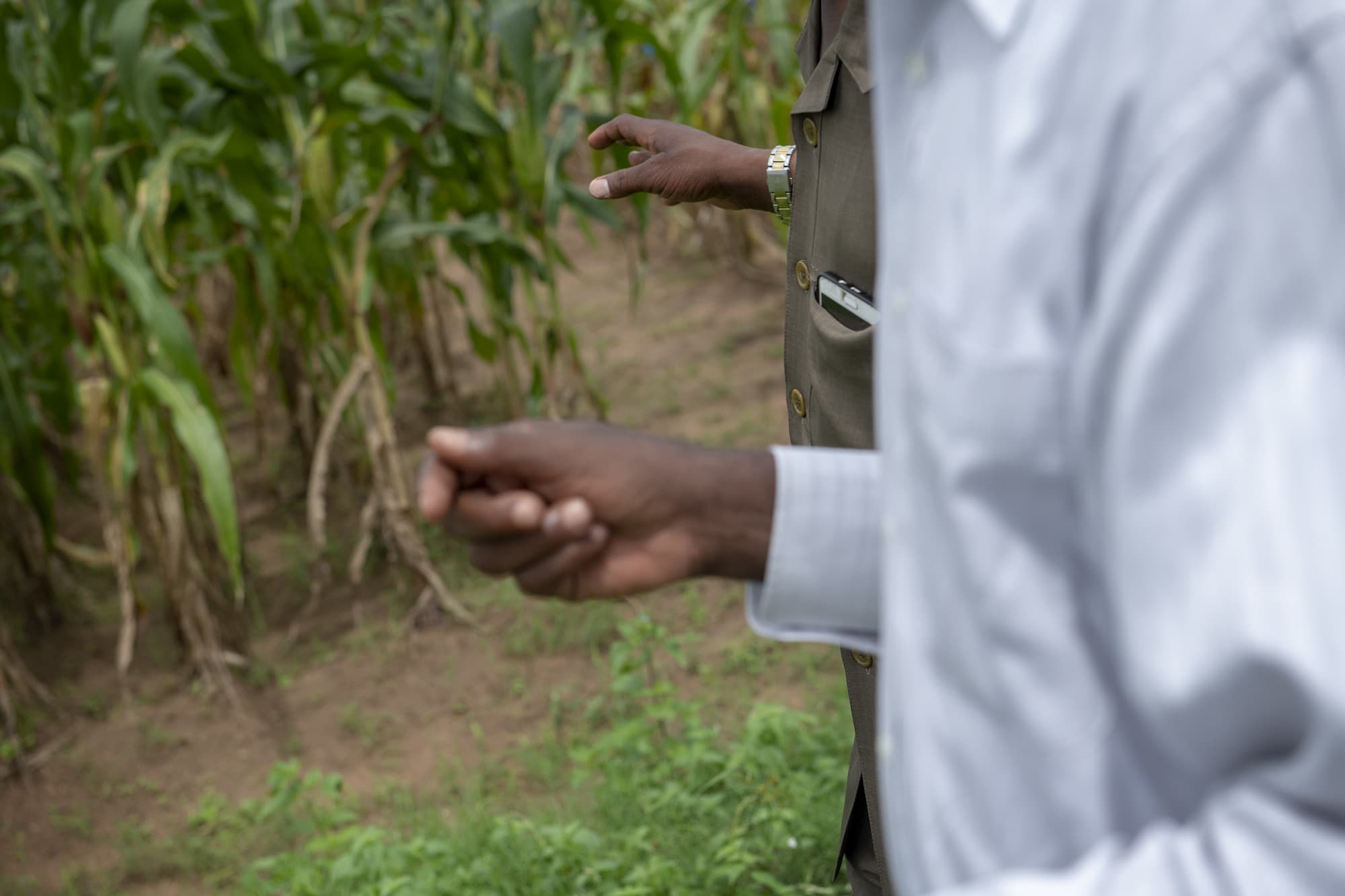Agriculture is the biggest driver of forest and biodiversity loss, including of diversity crucial to healthy diets and nutrition.
Top

Impact Area:
Environmental health & biodiversity
Increasing productivity in food systems while staying within environmental boundaries and maintaining biodiversity.

About
A third of the world’s soils are degraded, and agriculture accounts for about 70% of global freshwater withdrawals.
A healthy natural environment and biodiversity are critical for the long-term sustainability of food systems, and human health.

Cargele Masso
Impact Platform Director
Cargele Masso is IITA’s COMPRO-II Project Leader since July 2012. Before his current assignment with IITA, Cargele worked as a regulatory officer in Canada.
Objectives
Through research and innovation, CGIAR aims to address these challenges and contribute to collective global targets for Environmental Health and Biodiversity:
- Stay within planetary and regional environmental boundaries: consumptive water use in food production of less than 2500 km3 per year (with a focus on the most stressed basins), zero net deforestation, nitrogen application of 90 Tg per year (with a redistribution towards low-input farming systems) and increased use efficiency, and phosphorus application of 10 Tg per year.
- Maintain the genetic diversity of seeds, cultivated plants, and farmed and domesticated animals and their related wild species, including through soundly managed genebanks at the national, regional, and international levels.
Activities
To contribute to these collective global targets, CGIAR Initiatives will:
- Use modern digital tools to bring together state of the art Earth system observation and big data analysis to inform co-design of global solutions and national policies for staying within planetary boundaries on water use, nutrient use, land use change, and biodiversity.
- Cost-effectively improve management of water, soil, nutrients, and biodiversity in crop, livestock, and fisheries systems, coupled with higher-order landscape considerations as well as circular economy and agroecological approaches.
- Focus on the biodiversity function of genebanks and breeding to reduce environmental footprint, e.g. less water or pesticides, to help stay within planetary boundaries and to reduce local water stress, pollution, biodiversity loss, and undesirable land use change.
All CGIAR Initiatives will contribute to Environmental Health and Biodiversity. Below, browse a selection of Initiatives that primarily contribute to this Impact Area.
Featured
INITIATIVES
Innovations
Launch the Innovations Explorer to see more innovations contributing to this and other Impact Areas:

News
Related News
-

Unanswered questions and unquestioned answers
International Maize and Wheat Improvement Center (CIMMYT)22.04.24-
Environmental health & biodiversity
Over the past few decades, Conservation Agriculture (CA) has moved from theory to practice…
Read more -
-

International Day of Forests: IITA Forest Center contributes to forest conservation in Nigeria
International Institute of Tropical Agriculture (IITA)17.04.24-
Biodiversity
Every 21 March, we celebrate World Forest Day, a global reminder of the importance of…
Read more -
-
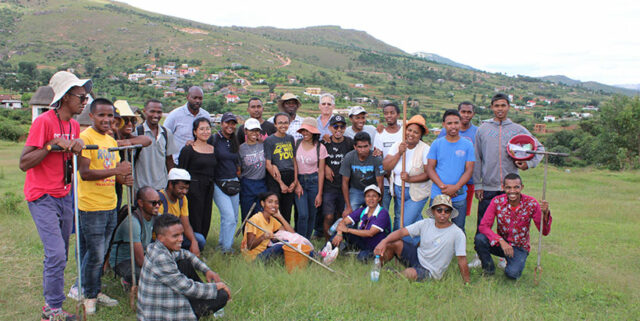
Soils4Africa workshop: Madagascar youth learn soil information system tools
International Institute of Tropical Agriculture (IITA)17.04.24-
Environmental health
The goal of the Soils4Africa project is to develop an open-access soil information system and…
Read more -
-

IITA Forest Center: innovative approaches to sustainable forest management
International Institute of Tropical Agriculture (IITA)17.04.24-
Biodiversity
On 22 March, to celebrate the International Day of Forests, IITA–CGIAR and Wild Africa Fund or…
Read more -
-
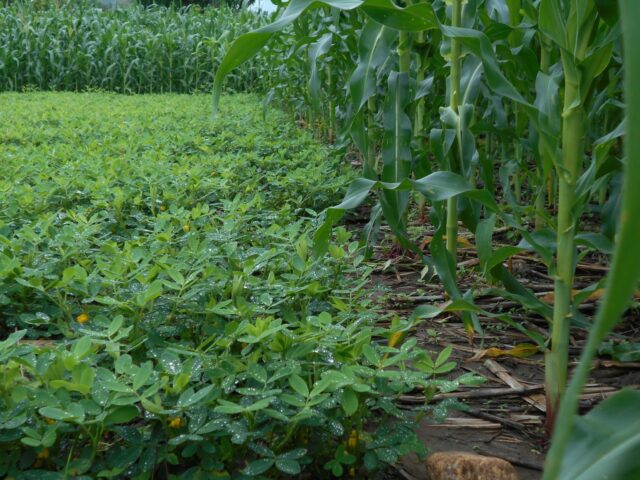
Sustaining Conservation Agriculture initiatives: lessons from Malawi
International Maize and Wheat Improvement Center (CIMMYT)12.04.24-
Environmental health & biodiversity
Sub-Saharan Africa (SSA) has experienced the worst impacts of climate change on agriculture o…
Read more -
-

NEXUS Gains: New podcast series
CGIAR Initiative on NEXUS Gains11.04.24-
Environmental health & biodiversity
If you’ve missed any of our monthly NEXUS Gains Talks, you can now stream them…
Read more -


